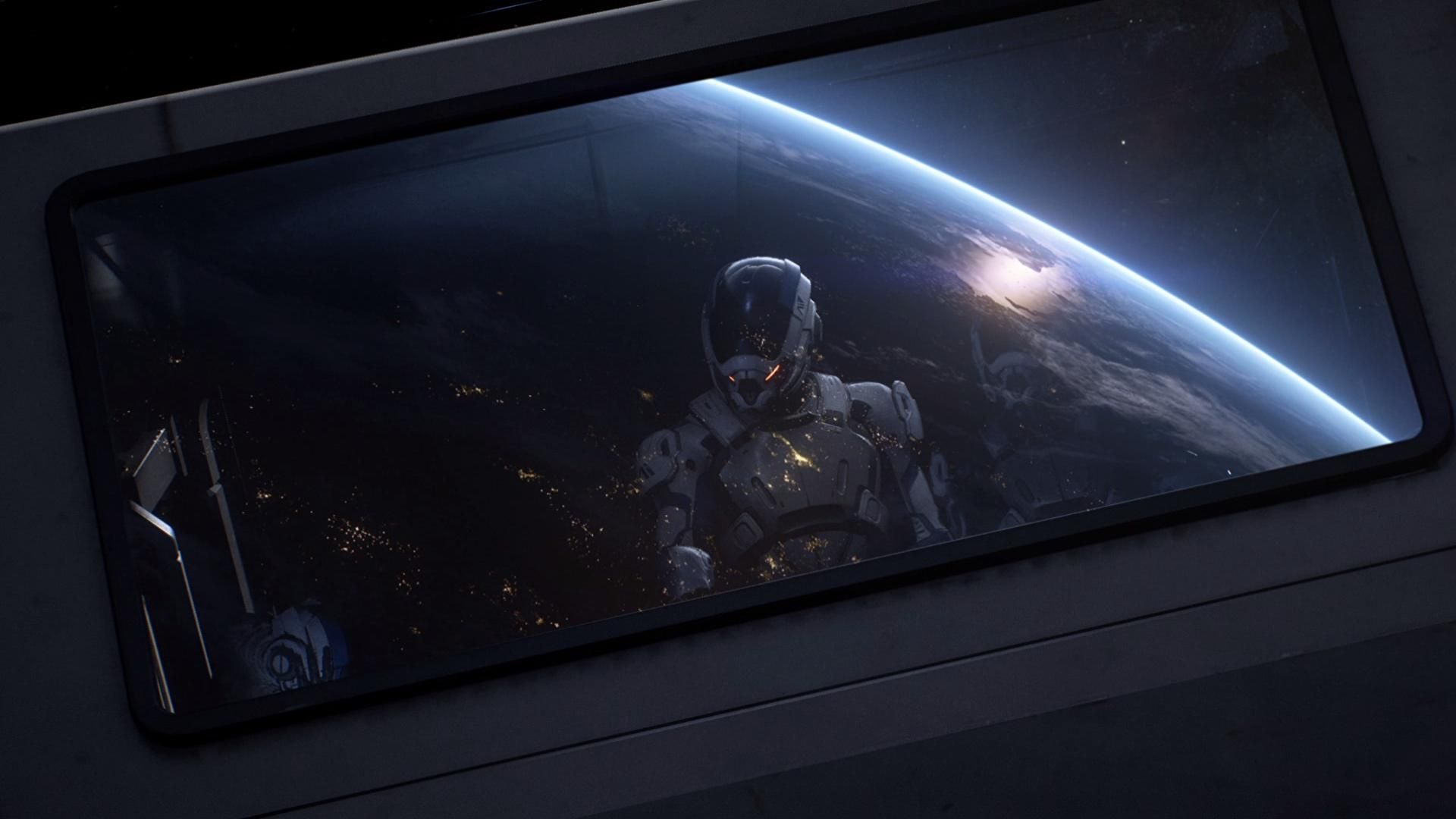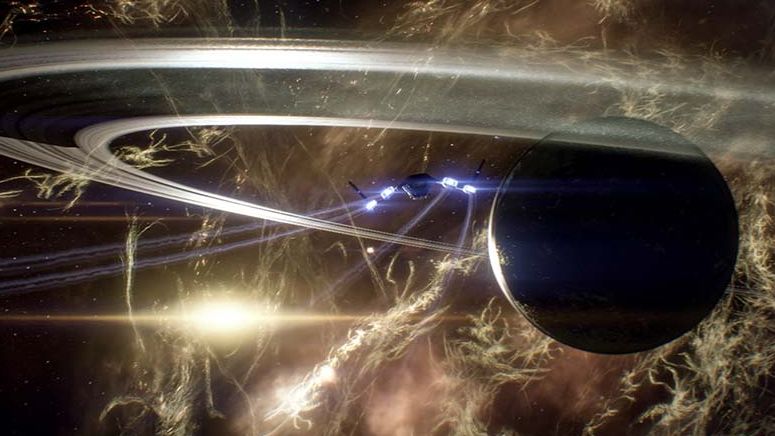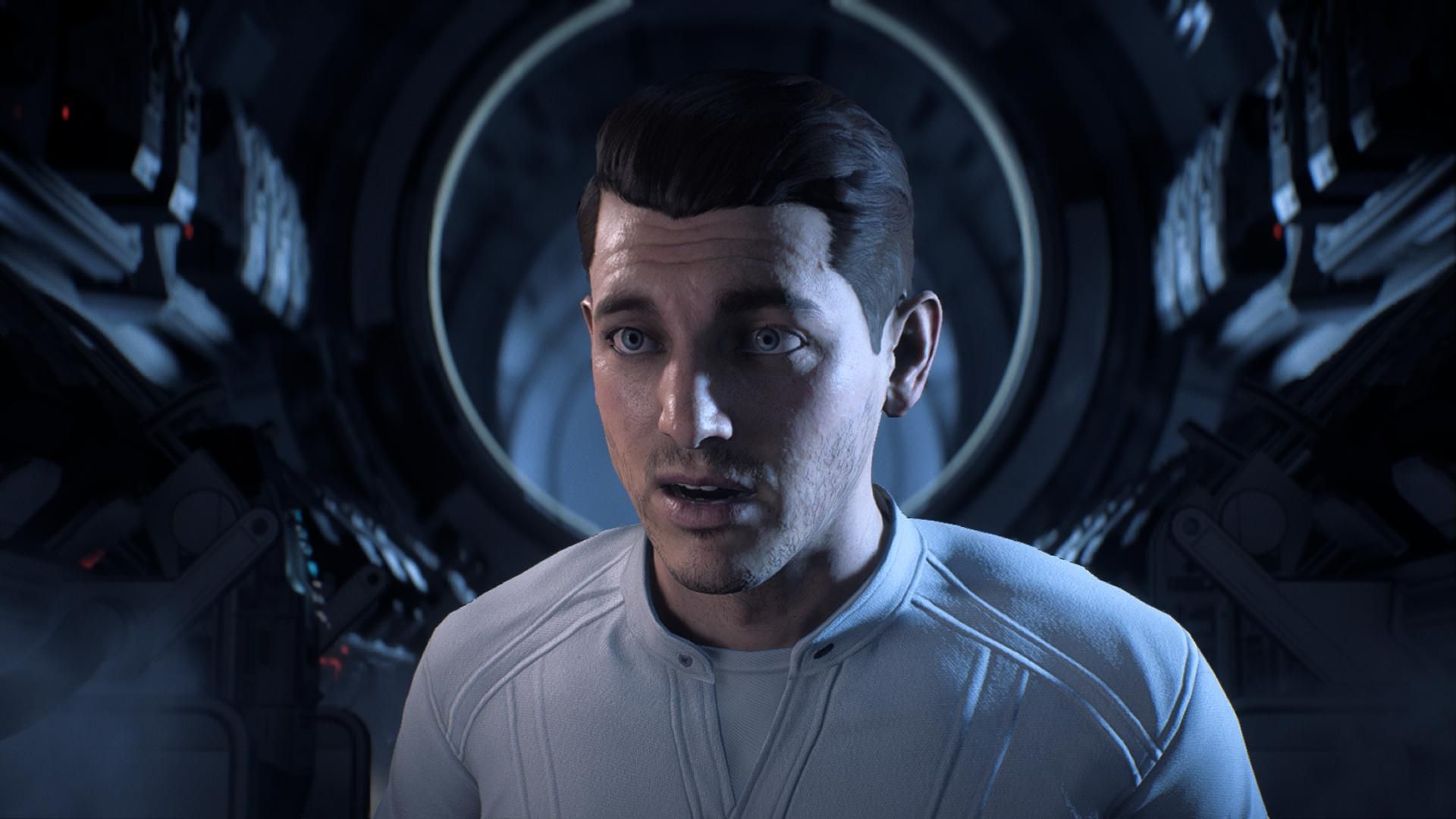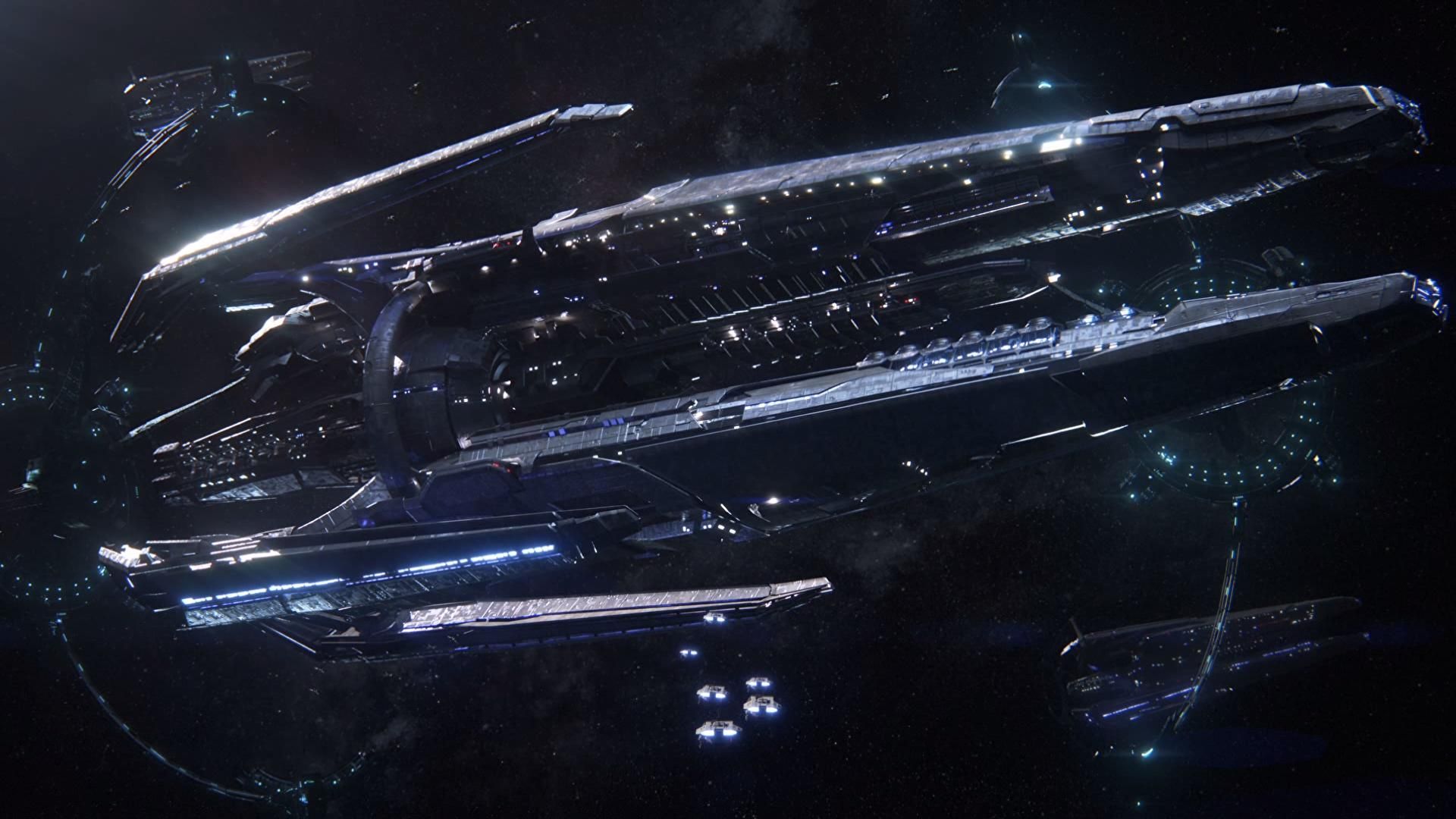Mass Effect: Andromeda vs the deadly realities of intergalactic travel
Space is really good at killing humans.
In Mass Effect: Andromeda 10,000 humans travel millions of light years to the nearest galaxy beyond the milky way, and they make it look easy. They have mass effect drives, cryo pods and space coffee. It is truly the golden age of space exploration. Is this an impossible dream? How do our current spacefaring capabilities stack up?
Not well at all. Here are a few of the ways you will definitely die if you attempt the journey shown in the first five minutes of Mass Effect: Andromeda.
Being cryogenically frozen will destroy you from the inside out
Mass Effect: Andromeda’s take: Everyone climbs into high-tech casks that look like big toy cars. These put travelers into cryogenic stasis for 600 years. Then they wake up in about 15 seconds and then are basically fine.
The reality: Cryogenic storage for space travel is an old sci-fi concept. The idea is that being frozen slows your metabolism to a near standstill, which allows you to travel for six hundred years without dying of old age. As an added bonus, you don’t need food, drink or in-flight entertainment.
This is vaguely plausible because extreme cold can reduce the brain’s demand for oxygen, and many people have survived extremely cold temperatures. A Swedish girl called Stella Berndtsson fell into cold water on the island of Lyr a few years ago. Her core body temperature was 13.2°C (55°F), but she was successfully resuscitated and made a full recovery. In another famous case, another Swede called Anna Bågenholm became trapped under ice after a skiing accident. She spent 80 minutes in freezing water and suffered circulatory arrest, but was successfully revived.
You probably won’t live long enough to reach the part where they give you your blood back.
Such cases have inspired the development of therapeutic hypothermia, which can be employed to improve outcomes for some forms of cardiac arrest. There is a huge leap from this to the use of sudden severe freezing to induce a cryogenic state, but the development of these techniques at least gives us some indication of how horrible the process might be. The American Heart Association guidelines for emergency cardiovascular care suggests “feedback-controlled endovascular catheters” and intravenous injections of cold saline. Animal tests give us an even more vivid picture. In 2008 the Safar Center for Resuscitation Research announced that they had managed to put dogs into suspended animation for two hours by replacing their blood with cold solution. After a couple of hours they put the blood back into the dogs and restarted their hearts with an electric shock.
That's going to feel fairly awful. Luckily you probably won’t live long enough to reach the part where they give you your blood back. Freezing can theoretically preserve cells for long periods but we’re full of water, which expands and forms crystals when it freezes. You can counter this with cryoprotectants and then freeze cells to preserve them in a glassy state—this process is called vitrification, commonly used to preserve embryos—but larger organs tend to crack, and cryoprotectants tend to be toxic. Evenly freezing a sack of flesh full of complex organs, to the extent that they can thaw and remain operational, is a distant goal. Still, breakthroughs are happening all the time. Earlier this year scientists used magnetic nanoparticles to successfully rewarm a section of a a vitrified heart.
Keep up to date with the most important stories and the best deals, as picked by the PC Gamer team.
You will be cooked by galactic cosmic rays in transit
Mass Effect: Andromeda’s take: The crew of the Tempest are rightly concerned about radiation levels on the new planets they visit, and it follows that the ark ships and the tempest must feature some advanced radiation shielding to protect passengers from the ravages of galactic cosmic rays during transit. On planetary surfaces magic blue sci-fi shields seem to repel the worst excesses. In the wilderness Andromeda’s spacesuits offer a degree of protection, but radiation depletes your life support bar over time.
The reality: The Earth’s atmosphere and magnetosphere shield us from harmful cosmic rays, for the most part, but radiation is a huge problem for long-distance space travel and planetary colonisation. Radiation can kill you in many varied ways. It can attack your bone marrow, damage your immune system, increase the risk of cancer and, in very high doses, kill you outright.
The biological effect of radiation on an individual is measured in millisieverts. If you’re reading this article on Earth right now and you don’t work with radioactive materials on a regular basis, you’re taking about 3.1 millisieverts a year according to the US Nuclear Regulatory Commission (the American Nuclear Society has an interactive dose calculator, if you’re curious). NASA estimates that Astronauts aboard the International Space Station—which is partially shielded by Earth’s atmosphere—are exposed to up to 160 millisieverts every six months. This is one of the reasons why astronauts often do six-month rotations in the ISS.
We haven’t exposed astronauts to galactic cosmic rays for long enough to understand exactly how exactly they will harm the human body.
The dangers of exposure in unprotected space and on planets with thin atmospheres are thought to be much greater, though we haven’t exposed astronauts to galactic cosmic rays for long enough to understand exactly how exactly they harm the human body. Theoretically, they are very bad news. NASA worries that high energy cosmic rays will cause secondary shower of harmful radiation when they strike astronauts or the walls of a settlement. It's a serious concern when planning a manned mission to Mars.
As a result, NASA is working on developing radiation shielding. NASA estimates that “The Agency cannot support human missions greater than approximately 90 to 100 days beyond low Earth orbit (LEO) without developing shielding and/or biological countermeasures to remain below Permissible Exposure Limits.” It will take a lot of R&D to support missions beyond LEO for one year, let alone 600 in deep space. Our sun's magnetic activity could help to shield astronauts during a mission to Mars if the journey is timed correctly, but out in the deep dark space between galaxies, there may be no such protection.
Faster than light travel isn't possible, so you'll die of old age in transit if the space rays don't get you

Mass Effect: Andromeda's take: The entire series is named after a useful science fiction conceit that allows Shepard, Ryder and chums to go on exciting space adventures without having to worry about the laws of physics. In Mass Effect's future humanity exploits the made-up Element Zero to manipulate the mass of objects. In Andromeda FTL drives reduce the mass of your ship, allowing it to greatly exceed light speed.
The reality: We can't do this. Without a Mass Effect drive we're doomed to travel the vast distances between galaxies. Even travelling at light speed you'll take 2.5 million years to get there. If we haven't cracked cryogenics, we'll need a generational ship capable of supporting 10,000 humans for millions of years. If you can build a ship capable of that, you don't need habitable planets anymore, you might as well build a massive ark and live on it.
To preserve the mission you need to design a society that will retain its values for a time longer than humans have so far existed.
But let's say you really want to see Andromeda, for its lovely black holes. Then to preserve the mission you need to design a society that will retain its values for a time longer than humans have so far existed. Over this sort of time period you might even see evolutionary development that selects a spacefaring existence. By the time humans reach the edge of Andromeda, would they even want to live on a planet? Perhaps they would prefer to scavenge resources, grow the ark and keep on trucking, living on as a nomadic offshoot of humanity that we would barely recognise.
Whatever happens, you'll be long dead. What's more, Having enjoyed life with a horizon and solid ground underfoot, you will live out the rest of your days in a tin can. This is all that future generations will ever know, but at least they will be spared homesickness and the horrible possibility that a few years after launch, dreaming of oceans and cities, you might start to seriously regret your decision.
All things considered, it's better just to stay on Earth and fight the Reapers.
Part of the UK team, Tom was with PC Gamer at the very beginning of the website's launch—first as a news writer, and then as online editor until his departure in 2020. His specialties are strategy games, action RPGs, hack ‘n slash games, digital card games… basically anything that he can fit on a hard drive. His final boss form is Deckard Cain.





